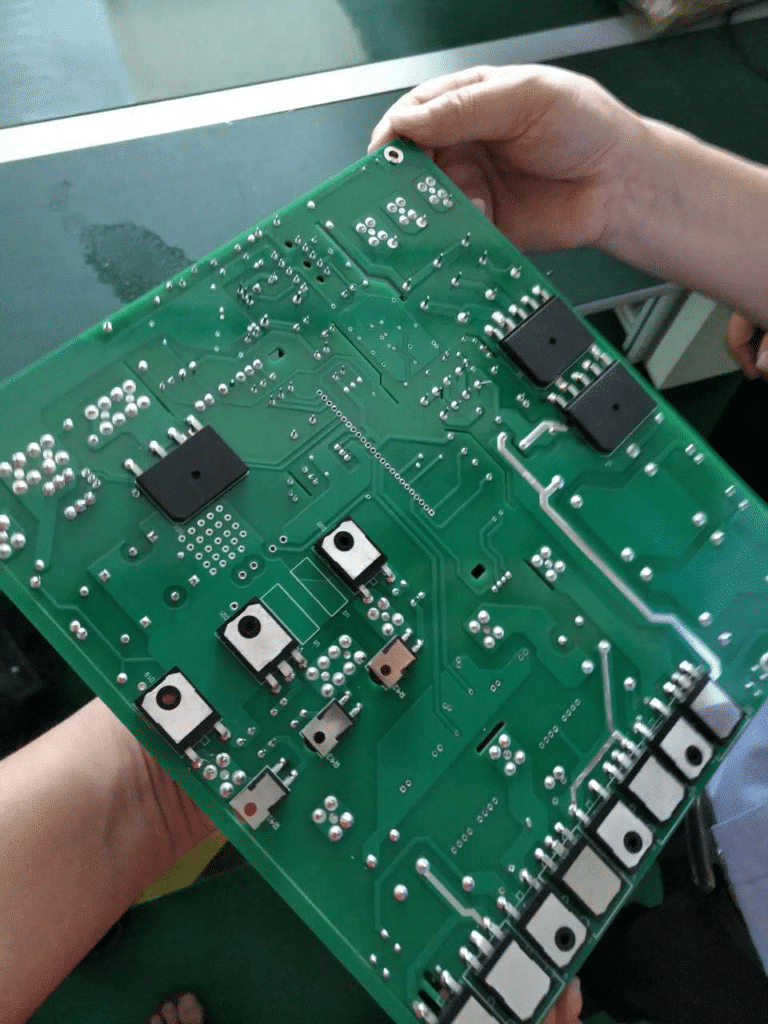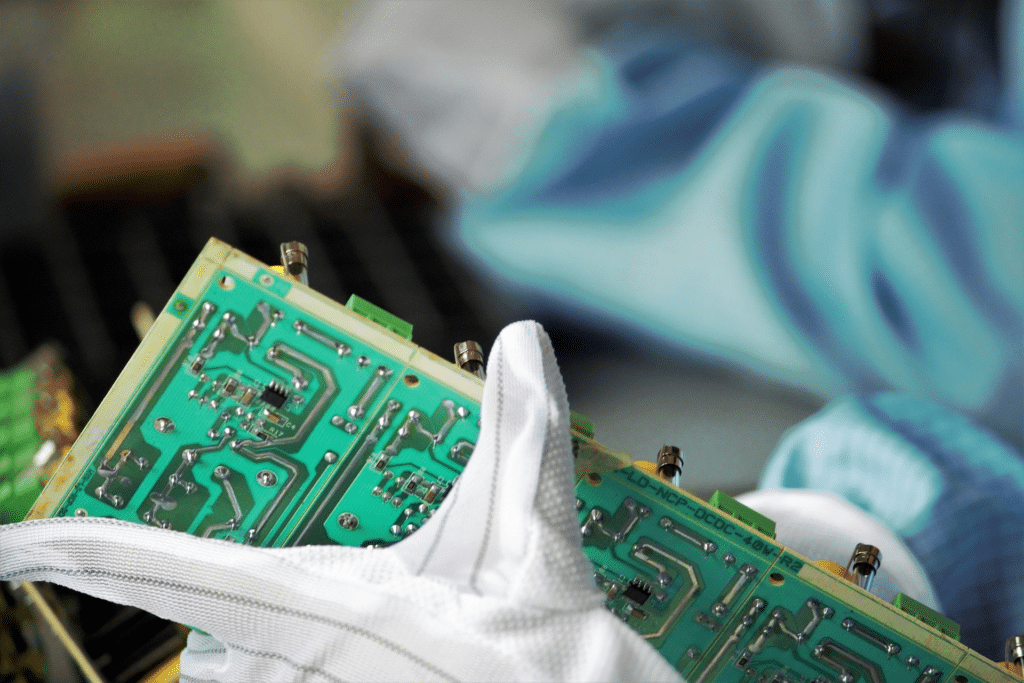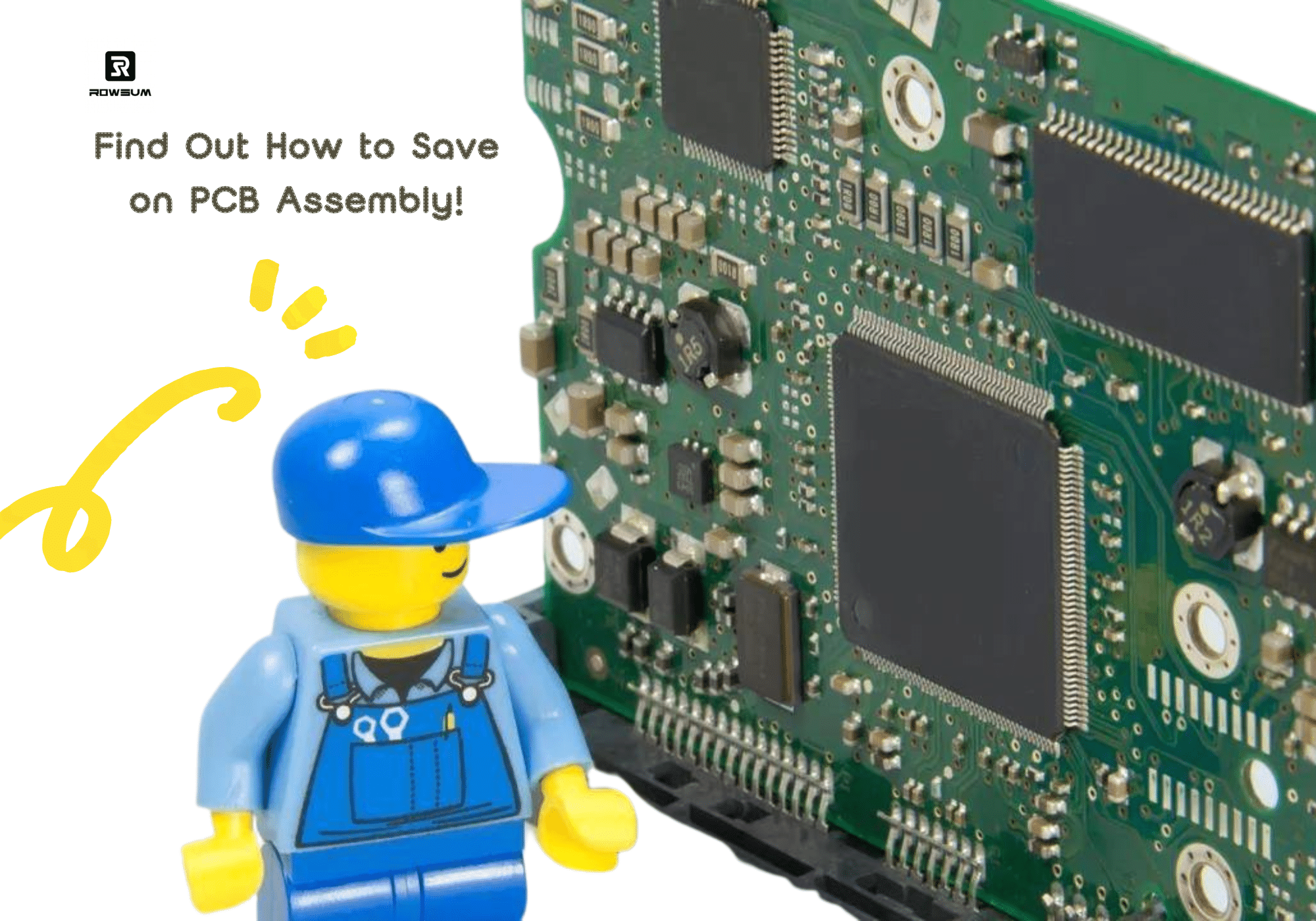Decoding PCB Assembly Cost: Beyond the Basics
Unveiling the Mystery of PCB Assembly Cost
When it comes to creating an electronic device, one of the most significant expenses you’ll encounter is the PCB assembly cost. But what exactly does this cost entail? It’s not just about paying for the physical components. The PCB assembly cost is a comprehensive figure that includes various factors such as the type of PCB, the number of components, the complexity of the assembly, and the quantity of the order. For instance, the assembly cost for a 10*10cm power board could be around $5. But that’s just scratching the surface. As we delve deeper, you’ll discover that there’s more to PCB assembly cost than meets the eye.
Why Every Penny Matters: The Impact of PCB Assembly Cost on Your Project
Understanding the cost of PCB assembly is not just about knowing where your money goes. It’s about making informed decisions that can significantly impact your project. A miscalculation in the PCB assembly cost can lead to budget overruns, delayed timelines, and even compromised product quality. On the other hand, a clear understanding of these costs can help you optimize your budget, streamline your production process, and ultimately, create a high-quality product that delivers value to the end-users.
Decoding the Real Influencers of PCB Assembly Cost: A Comprehensive Guide

When it comes to PCB assembly, the cost is more than just a sum of numbers. It’s a complex puzzle, with each piece representing a different factor that shapes the final price. From the intricacies of design to the quality of components, every detail plays a vital role. In this section, we’ll unravel the real influencers of PCB assembly cost, diving deep into the aspects that matter most to you, the customer. Let’s embark on this journey by exploring one of the most critical areas: Production Complexity.
1. Production Complexity: Unraveling the Intricacies
a. Technology and Design Complexity:
The choice of technology and design complexity significantly impacts the cost. Here’s how:
- Surface Mount Technology (SMT) vs. Through-Hole Technology (THT): SMT is more cost-effective for high-volume production, while THT is often preferred for prototypes or specialized applications but comes at a higher price.
- Mixed Assembly: If you combine SMT and THT, the complexity increases, and so does the cost.
- Component Packaging: Opting for standard packaging like 0603 can save costs compared to specialized or expensive packaging.
b. Solder Joint Costs:
The number and complexity of solder joints are directly proportional to the cost. More solder points and intricate soldering processes demand precision, adding to labor and material expenses.
c. Component Quality:
The quality of the components used in the assembly is paramount. High-quality components may increase the cost but ensure a superior end product that performs reliably.
2. Order Specifications: Tailoring Your PCB Assembly to Your Needs
Order specifications are the unique requirements and details that you provide for your PCB assembly project. These specifications guide the manufacturing process and play a crucial role in determining the overall cost. Let’s delve into the key aspects:
a. Quantity:
- Volume Production: Large-scale orders often benefit from economies of scale, reducing the unit cost.
- Small Batch Production: Smaller quantities might have a higher unit cost due to the lack of bulk discounts.
b. Lead Time:
- Standard Lead Time: Factories schedule production based on various factors, and opting for a regular production schedule can save costs.
- Express Service: If your project is time-sensitive and requires expedited production, it will come at a premium cost.
c. Panelization:
- Single Design vs. Multiple Designs: Combining different designs in one panel can greatly enhance production efficiency and reduce costs.
- Panel Size and Shape: Custom panel sizes and shapes may require special handling, affecting the cost.
d. Special Requirements:
- Unique Materials or Processes: Specialized materials or manufacturing techniques, such as conformal coating or drop testing, can add to the cost.
- Compliance and Certifications: Meeting specific industry standards or certifications might necessitate additional testing and validation, impacting the price.
Order specifications are like the blueprint of your PCB assembly project. They define what you need, how you need it, and when you need it. By understanding how these factors influence the cost, you can tailor your order to align with your budget and quality expectations, ensuring a successful project without unnecessary expenses.
3. Quality Control, Testing, and Compliance: Ensuring Excellence in PCB Assembly
Quality control, testing, and compliance are integral to PCB assembly, ensuring that the final product meets the desired performance criteria and adheres to industry standards. Here’s how these aspects influence the cost:
a. Quality Control and Standard Testing:
- Visual Inspection: Essential for detecting visible defects.
- Continuity and Isolation Testing: Basic electrical tests to ensure the functionality of the PCB.
- Automated Optical Inspection (AOI): Commonly used to inspect solder joints and component placement.
- In-Circuit Testing (ICT): Rigorous testing methods like ICT ensure higher reliability.
- X-Ray Inspection: Used for complex assemblies to detect hidden defects.
- Specialized Testing Requirements (May Increase Cost): Specific functionality tests, such as firmware programming or drop testing, may increase the project cost, as they go beyond standard testing procedures.
b. Compliance and Certification:
- Compliance Testing: Ensuring that the product meets specific regulatory standards, such as RoHS or REACH.
- Certification Requirements: Obtaining certifications like CE or FCC for the finished product can add to the expenses, as it involves rigorous testing and validation by authorized bodies.
4. Strategic Considerations and Cost Structure: Balancing Quality and Budget in PCB Assembly
When planning a PCB assembly project, understanding the cost structure and making strategic decisions are crucial for balancing quality and budget. Here’s a closer look at the key components:
a. Labor Costs:
- Skill Level, Location, Wages: Labor costs can vary widely based on the skill level required, location of the assembly, and prevailing wage rates. Efficient management of labor can lead to cost savings without compromising quality.
b. Material Costs:
- Quality of Components, Brand Choices, Consumables: The choice of materials, including the quality and brand of components, can significantly impact the cost. Consumables like solder paste and other assembly materials also contribute to the overall expense. Selecting between different brands with similar functionality can lead to substantial price variations, offering opportunities for cost optimization.
c. Packaging Costs:
- Packaging Materials, Protective Measures, Presentation: The way the final product is packaged, including the materials used and the presentation, can add to the overall cost. Thoughtful packaging can enhance the product’s appeal without unnecessarily inflating the cost.
d. Additional Considerations:
- Equipment, Management, Profit Margin, Sustainability, and More: Other factors such as the equipment used, management overhead, desired profit margins, and sustainability practices can also influence the cost. These aspects should be carefully considered and aligned with the project’s goals and values to ensure a successful outcome.

Optimizing PCB Assembly Costs: Practical Strategies
In the world of PCB assembly, cost optimization is about making intelligent choices that align with your project’s needs without compromising quality. Here are some practical strategies to help you optimize your PCB assembly costs:
1. Choosing the Right Supplier:
- Lower Labor Costs: Selecting a supplier in regions with lower labor costs can significantly reduce the overall cost of the project.
- Direct Factory Prices: Collaborating directly with manufacturers instead of middlemen ensures you get factory prices, further reducing costs.
- Material Availability: Most manufacturers maintain bulk materials in stock, purchased at discounted rates, leading to lower material costs.
2. Assembly Process Considerations:
- SMT over THT: Surface Mount Technology (SMT) is generally more cost-effective than Through-Hole Technology (THT). Opting for mixed assembly can further increase costs.
- Standard Packaging: Utilizing standard packaging like 0603 can be more economical than specialized or expensive alternatives.
3. Component Selection:
- Quality Alternatives: Many quality alternative brands have been proven to perform well and can effectively replace more costly brands, reducing costs without sacrificing performance.
4. Ordering Strategy:
- Bulk Ordering: Consolidating orders, such as 600 units in a quarter instead of 200 units each month, can lead to significant cost savings.
By implementing these strategies, you can strike a balance between cost and quality, ensuring that your PCB assembly project is both economical and reliable. It’s about understanding the various factors that influence cost and making informed decisions that align with your project’s specific needs and goals.
These practical insights can guide you in making strategic decisions that not only optimize costs but also enhance the overall efficiency and success of your PCB assembly project.
Conclusion
Navigating PCB assembly costs is about finding the perfect balance between quality, efficiency, and cost. It’s a journey that requires insight, precision, and a willingness to embrace innovative solutions.
At Rowsum, we’re here to guide you through this complex landscape, optimizing costs without compromising on quality. Explore our specialized services to see how we can assist you in your next project:
Feel free to reach out to us at [email protected] with any inquiries or to discuss your specific needs.










